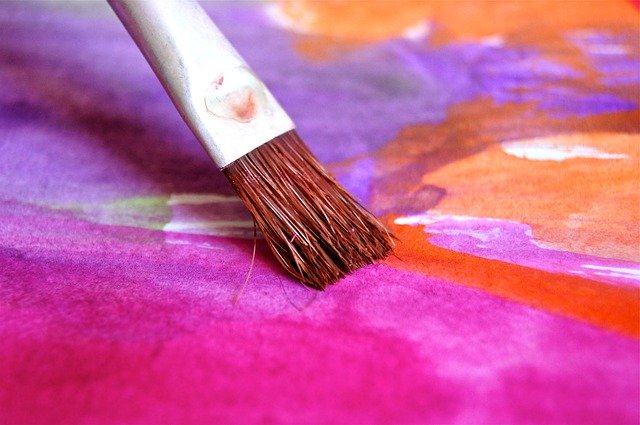
A juxtaposition consists of placing one element next to another.
Juxtaposition is the action and effect of juxtaposing (putting something next to or immediate to something else). The concept is formed by the Latin words iuxta ( "next to" ) and positĭo ( "position" ).
In the field of grammar , juxtaposition is a procedure for combining propositions and establishing syntactic relationships between them . This is an operation similar to coordination and subordination .
Juxtaposition in grammar
Juxtaposition uses punctuation marks (in written language) or pauses to link two propositions. By not using links (such as and, of or for), this procedure can generate different syntactic interpretations according to the context or the speaker's abilities. Juxtaposition also allows two simple sentences to be joined.
For example: “I already told you; Tomorrow at this time he will be very far from here” , “Lucas, Emanuel, Facundo, Natalio… they are all victims of this sinister man” , “I dedicate myself to writing stories, novels, reports” , “He took out the gun, they saw him, everything finished,” “She knew, I guess.”

In painting, juxtaposition is a technique.
The concept in literature and painting
All this without forgetting that in the field of literature in general the term juxtaposition is also used with a very specific meaning. More precisely, it is used as a technique that consists of presenting two stories or two people in completely opposite situations. In this way, what the author achieves is to contrast those and the emotions they awaken.
The notion of juxtaposition has other uses. In the field of painting, it is a technique that consists of painting adjacent elements with materials such as watercolor that, thanks to their humidity, end up moving and generating surprising visual effects.
Juxtaposition in design and architecture
Precisely in relation to this term, it must be emphasized that this same word is also used in the field of design. Specifically, it is used to refer to the relationship established between two or more objects when they touch each other but do not interfere with each other at all.
Starting from this criterion, it must also be said that juxtaposition is another of the elements that are studied and taken into account in the field of architecture. In this way, it is determined that it is an interaction of what are different visual stimuli. It is based on the establishment of three or more keys, which appear together, which gives rise to an inevitable relationship.
Precisely in the architectural field, juxtaposition is clearly established opposite to what is known as singularity. This, for its part, is the action that professionals take, being clear that the composition must focus on a single theme. This must also be absolutely independent, it must convey a certain emphasis and it must not be supported by another visual stimulus.
The notion in geology, philosophy and sociology
For geology , juxtaposition is the way minerals grow, which differs from the intussusception of organic beings such as animals and plants (a process in which elements are internally assimilated).
Philosophy and sociology , finally, usually talk about juxtaposition to refer to a type of relationship that two cultures can maintain (one culture is superimposed on another without an alteration occurring).
